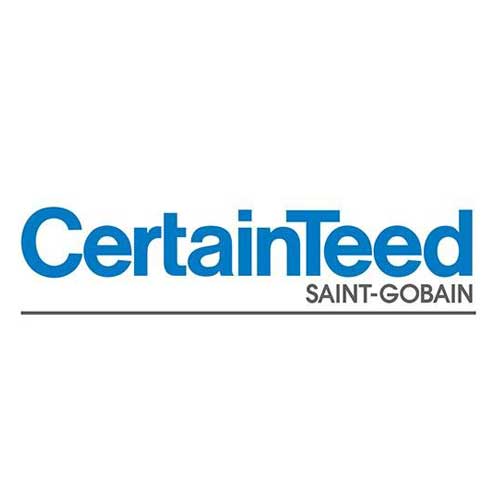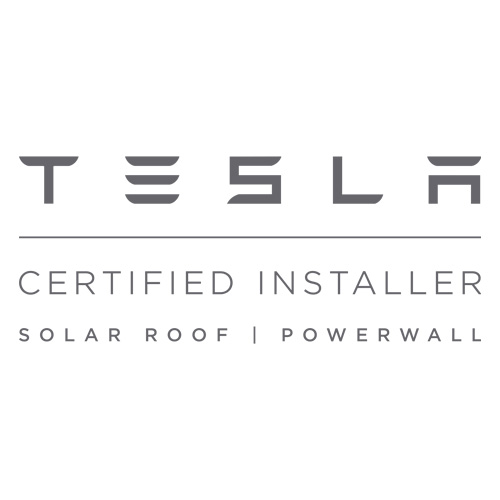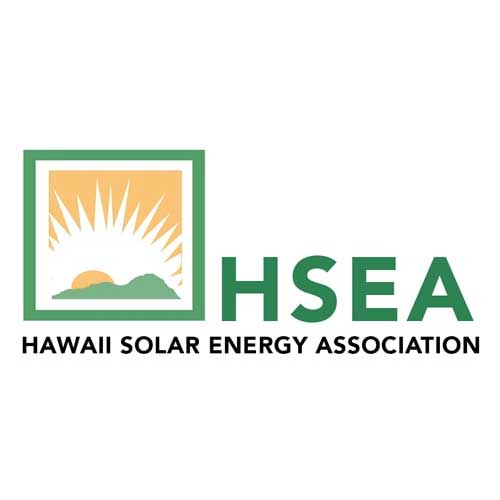Will Solar Panels Get Cheaper In 2023?
One major factor driving down the price of solar panels is increased competition among manufacturers. As demand for solar power grows, there are now several companies producing different types of panels at various price points. This provides customers with much greater choice when choosing what type of panel they would like, allowing them to pick one that best suits their needs and budget.
The availability and cost of materials used to make solar panels are also decreasing, thanks to advances in both recycling technology and production processes. Many common components such as silicon wafers can now be reused multiple times instead of being thrown away after each use, making them cheaper overall while still providing good performance levels. Similarly, manufacturing processes such as photovoltaic cell etching have seen various improvements over recent years resulting in higher yields and less wastage at lower cost than before.
Solar Panel Price Forecast 2023
If you’re like most people, you’re probably wondering when the price of solar panels is going to drop again. Unfortunately, the answer isn’t clear-cut. In the short term, prices will continue to drop as new technology is developed and manufacturers try to compete with each other. However, in the long term, prices will eventually level off and even begin to increase slightly. This is because solar panels are a long-term investment and the sooner you buy them, the better.
Hawaiians have been ahead of the curve when it comes to solar panel adoption. In fact, over 60% of households in Hawai’i have installed some form of rooftop solar power. This is largely due to Hawai’i’s high cost of electricity and its stellar sunshine – two factors that make solar panels a great investment. If you’re planning on installing solar panels in your home soon, now may be a good time because prices are lower than ever before.
However, don’t wait too long – prices can change at any time and you may miss out on some incredible deals if you do. It’s important to keep an eye on current trends so that you can make an informed decision about whether or not solar panels are right for your home or business.
How The Price Of Solar Panels Is Predicted To Change In The Next 10 Years
If you’re looking to invest in solar panels, now might be a great time. In the next decade, solar panels are expected to become an increasingly affordable and attractive option for homeowners. Solar panels have already become cheaper than grid electricity in some places, like Hawaii. And as the price of solar panels continues to drop, they will become an even more affordable and viable option. Here are four reasons why you should get started on your solar panel project soon:
1) Solar panels have gotten cheaper in the last decade – Thanks to technological advancements and falling prices, solar panels have decreased in price by 50% since 2010. This means that even if you don’t put money down today, you can still be enjoying all the benefits of solar power within a few years time!
2) Solar energy is becoming more popular – More and more people are starting to understand the environmental benefits of using clean energy sources like solar panels. Not only are they good for your wallet, but they’re also good for the planet – reducing your carbon footprint is one of the best things you can do for yourself and future generations.
3) Solar panels will continue getting cheaper – According to GTM Research, global installed capacity of utility-scale photovoltaic (PV) systems is forecasted to reach 550 gigawatts (GW) by 2025, with prices continuing to decline due to increasing competition from other renewable energy technologies such as wind and hydro power. This means that there is plenty of opportunity for anyone who wants to invest in this growing sector!
4) Solar power is perfect for Hawaii – Hawaii has some of the most challenging weather conditions on Earth – high levels of sun exposure coupled with extreme temperatures – making it an ideal place for installing large-scale PV systems that generate clean energy without generating any emissions or noise!
There’s no doubt that solar power has come a long way in just ten short years – so if you’re thinking about jumping on board this trend, now might be a great time!
Solar Panel Cost By Region
The cost of installing solar panels varies depending on where you live. There are a variety of factors that affect the overall cost, such as local regulations and the type of system being installed. In addition, different regions may have unique incentives or benefits for homeowners who choose to install solar panels. This article will explore the average cost of solar panels in various regions across the United States and why these costs vary from place to place.
Generally speaking, residents in states with higher electricity prices tend to see a greater benefit from installing solar panels. As an example, California has some of the highest electricity prices in the country, so residents there often find it more beneficial to go solar compared to those living in other states with lower rates. The same is true for states like Hawaii, New York, and Massachusetts which all have relatively high electricity rates. Installations in these states usually come with larger upfront costs but offer greater long-term savings due to their higher electricity rates.
Installation costs also depend on the type of system being installed by a homeowner. Smaller systems, such as rooftop residential systems or small commercial installations can cost anywhere from $15K – $25K on average for installation and equipment costs combined. Mid-sized systems that are typically used for businesses or large residential applications can range from $20K – $50K+. Lastly, large utility-scale rooftop or ground mounted systems can cost several hundred thousand dollars depending on their size and complexity.
Incentives and tax credits provided by state governments can greatly reduce the overall cost of going solar in each region as well. For example, many states offer rebates or tax credits that incentivize households and businesses to install solar panels by reducing their up-front costs significantly. Additionally, some utilities may even provide incentives if they determine that a certain project would help reduce peak demand during certain times throughout the year.
Compare The Costs Of Solar Panels By Different Brands
When it comes to solar panels, it’s important to be aware of the different types of panels and the corresponding costs. Below, we will compare the costs of different brands of solar panels and help you decide which is right for you.
First, how much do solar panels cost? The price of a solar panel will vary depending on the brand, type of panel, and size. However, a typical panel can cost anywhere from $1,200 to $6,000.
Second, what are the different types of solar panels? Solar panels come in two main types: crystalline silicon and thin film. Crystalline silicon is more expensive than thin film but is better at converting sunlight into electricity. Thin film is cheaper but may not be as good at converting sunlight into electricity.
Third, what is the best brand of solar panels? There is no one clear answer – it depends on your specific needs and preferences. However, some popular brands include SunPower®, Panasonic®, Sharp®, and LG® Solar (US).
Fourth, what are the benefits of solar panels? Some benefits of installing solar Panels include: reducing energy bills*, increasing your home’s value*, reducing emissions*, saving money on maintenance** (*depending on location), providing passive income** (*depending on location), supporting local businesses*** (*dependent on local ordinances), being part of a community-led effort*** (*dependent on local ordinances). There are many other benefits that depend on your specific situation!
* Savings vary by region.
Solar Panel Cost By Size
The size of a solar panel refers to both the physical dimensions and the wattage capacity. Smaller residential systems typically range from 2 kW to 8 kW, while larger commercial systems range from 30 kW to 1 MW or more. Generally speaking, as the size of a system increases, so does its power output. This means that larger systems can produce more energy than smaller ones and thus, they can be more expensive.
The cost of a solar panel is largely determined by factors such as its wattage capacity, efficiency rating, warranty length, installation costs and geographic location. However, size also plays an important role in determining the overall cost. In general, larger systems tend to be more expensive because they require more materials and labor to install them than smaller systems do. The number of modules required for larger installations also increases as system size increases which further drives up costs.
How Much Does A Solar Panel Cost, By Size
The cost per watt for individual solar panels can vary widely depending on several factors such as brand, grade, efficiency rating and warranty coverage. Generally speaking, cheaper panels tend to have lower wattage outputs while more expensive ones offer higher wattage outputs with better quality components. For example, a large-sized 100 Watt (W) PV panel may cost anywhere between $200-$400 while its smaller counterpart with only 60W may be priced at just $100-$150 dollars.
When considering how much does a solar panel cost by size it’s important to know that larger scale installations require significantly more equipment than smaller ones do – from wiring materials to inverters and connecting systems – resulting in added expenses beyond just the actual PV module itself. As such, many people opt for smaller sized installations as they require fewer components overall resulting in reduced upfront costs with some other tradeoffs such as performance levels or timeline for ROI (return on investment).
In terms of long-term savings however it still pays off to invest in high-quality solar equipment even if that means spending more at first – because better quality products tend to last longer ensuring greater ROI in the long run compared to cheaper ones which may require replacements sooner down the line plus additional maintenance costs over time. Also worth mentioning is that most countries offer generous subsidies on renewable energies which further reduce these upfront costs making them even more attractive investments compared to traditional sources like coal or gas especially when considering environmental impacts too!
Solar Panel Cost By Efficiency
The cost of solar panels has been on a steady decline for the past few years, and there are many reasons for this. One reason is that solar panel costs have decreased by an average of about 6% each year since 2010. In addition, the different types of solar panels have become more affordable and efficient over time. For example, photovoltaic (PV) cells used to be the most expensive type of solar panel, but now they are typically the least expensive.
One key factor that affects the cost of solar panels is their efficiency. The higher the efficiency of a solar panel, the less power it needs to generate electricity. The average efficiency for residential rooftop PV systems was around 20% in 2013, but this has increased to around 29% as of 2017. This means that a lot more energy can be generated from a given amount of land using high-efficiency PV systems than low-efficiency PV systems.
Another important trend in the world of renewable energy is falling prices for batteries and other storage technologies. This means that you can now store excess energy from your solar panels on your property instead of paying grid fees every day (or night). This will makegrid-tied Solar Home Kits more affordable over time as well as increase grid resilience in case of outages or brownouts caused by weather events such as hurricanes or tornadoes.
All things considered, it’s clear that solar panel costs are continuing to decline – which is great news for consumers and businesses alike! The future looks bright for renewable energy – and that includes cheaper solar panel costs!
What Factors Affect The Price Of Solar Panels
If you’re looking to invest in solar panels, now may be the time. Recent technological advances have made solar panels cheaper and more accessible than ever before. In fact, according to one study, the price of solar panels has decreased by 50% since 2010. If you’re wondering what factors affect the price of solar panels, keep reading!
The price of solar panels is affected by a variety of factors, including the price of materials, labor, and shipping. Materials like silicon and copper are expensive to produce, but as these costs continue to drop, so does the cost of solar panels. Labor is also an important factor; as more people learn about and start using solar energy, the demand for skilled workers who can install and maintain these systems continues to grow. Finally, shipping costs are also a factor – as more people adopt rooftop solar systems, logistical challenges arise in getting these systems installed on roofs without causing too much damage or inconvenience.
Government subsidies also play a role in determining the cost of solar panels. In some cases (like in Germany), government subsidies make up as much as half of the total cost of a system. This means that even if prices for materials and labor go up (which they inevitably will), consumers will still be able to afford affordable rooftop systems thanks to government support.
So far so good! But what about the future? The trend seems to be heading in one direction – downward – which means that prices for both materials and labor will continue to drop while technology improves further still. This makes rooftop solar systems a very good investment – not just environmentally friendly (since they save energy), but financially wise too!
Understanding The Costs Of Solar Panels
Solar panels are becoming increasingly popular as an energy source due to their renewable nature and potential for significant cost savings. However, it is important to understand all of the different costs associated with solar panel installation in order to make an informed decision about whether or not this type of energy system is right for you.
The initial cost of purchasing and installing solar panels can be one of the most expensive components when considering a switch to this green energy source. Depending on factors such as the size and complexity of your system, the brand and quality of materials used, and any additional hardware required, solar panel installation costs can range from just a few thousand dollars up to tens of thousands. This makes it important to weigh all options carefully before making a financial commitment – as well as taking into account any state or federal incentives that may be available.
In addition to up-front costs, there are also other expenses associated with owning a solar panel system. These include regular maintenance and inspection requirements in order to ensure that your system is operating properly and efficiently over time. You will also need to consider potential operating costs such as those related to inverters, pumps, batteries, or other components if you choose an off-grid setup. As part of regular maintenance checks it may also be necessary to replace damaged parts or carry out repairs – further adding to your ongoing expenditures.
Bottom Line
Overall it appears that prices for solar panels should continue dropping through 2023 although possibly at a slower rate than previously expected due to various external factors beyond our control. However these limitations should not detract from the fact that this is still an incredibly promising time for those interested in investing into renewable energy sources as advances constantly being made should ensure that costs remain low while efficiency continues to improve over time.









